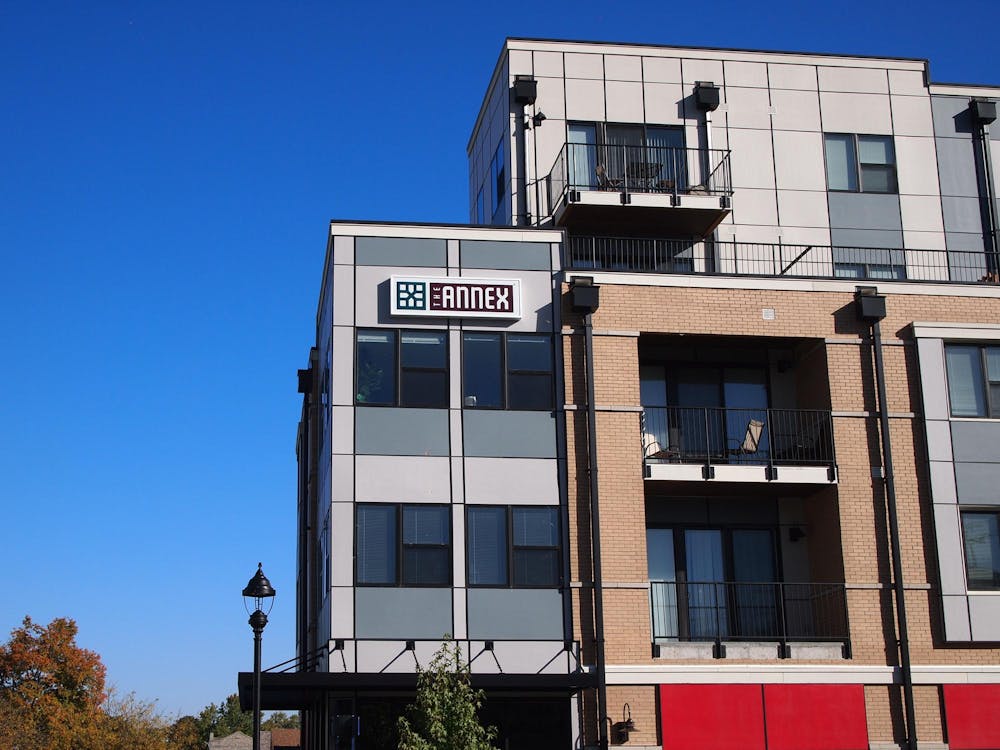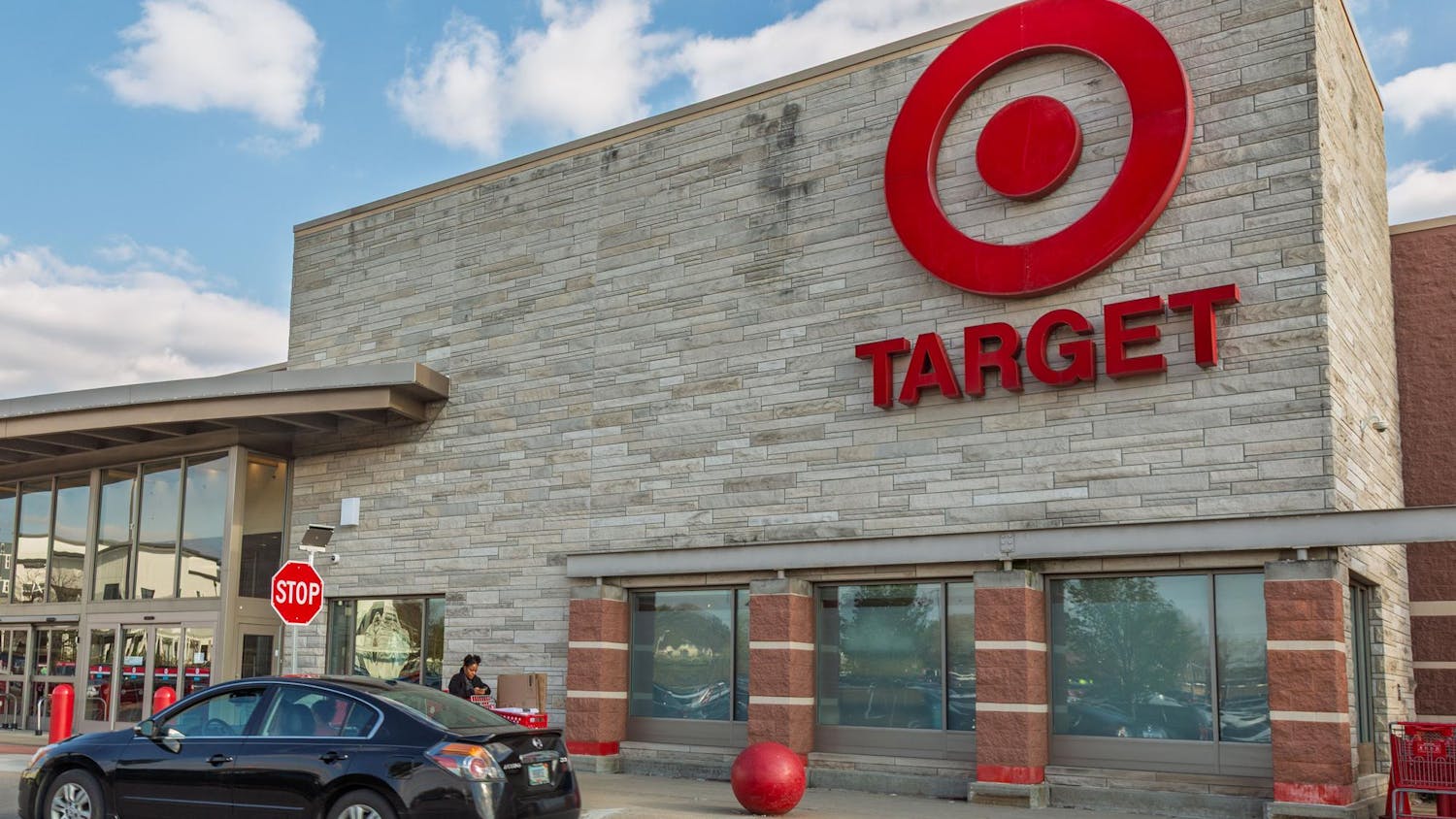The City of Bloomington is presenting local builders and developers with incentives to create more affordable housing that accommodates the city’s workforce community.
For example, The Annex of Bloomington, an apartment complex on South Grant and East Third Street, used the city’s Unified Development Ordinance to provide affordable workforce housing for people that work in and around Bloomington. The Annex celebrated its opening at a ribbon cutting ceremony Sept. 16.
According to David Hittle, director of Bloomington’s department of planning and transportation, building student living is more popular among builders because it is a much more predictable market. There are no known plans for IU to build new dorms — which makes the market of students needing to live off-campus after their freshman year more foreseeable.
In 2020, the occupancy rate for non-renters in Monroe County was 51.9% and 48.1% for renter-occupied spaces, according to the Indiana-Uplands Housing study.
“Typically, in the Midwest, if you’re a family, you want a single-family dwelling,” Hittle said. “You want kind of the American dream, the family with the yard and all that, which is a much different animal than building a nine-story apartment building.”
According to the housing resources section of the City of Bloomington’s website, a household’s total income determines its eligibility for workforce housing, which is based on Monroe County’s area median income (AMI). This number is determined by the US Department of Housing and Urban Development and looks at the total income of each household in the county. Hittle said people who earn between 80-120% of the AMI currently qualify for workforce housing.
The Unified Development Ordinance, which the city uses to govern land use and development, includes incentives that encourage apartment builders to set aside a certain number of units to be affordable for the workforce community. If they set aside these units, the city will allow the developers to build taller and wider apartment buildings.
According to the Unified Development Ordinance, there are Tier 1 and Tier 2 projects. Each tier has specific levels of dedicated affordable housing that must be met to receive either tier’s incentives.
To be able to receive the incentive for Tier 1, 60% of the total gross floor area of the building must be dedicated to residence living and 15% of the total units must be permanently dedicated to households earning less than 120% AMI.
For Tier 2 incentives, 60% of the total gross area of the floor must be dedicated to residence living, and at least 7.5% of total units need to be permanently dedicated to households earning under 120% of the AMI. Another minimum 7.5% of total units needs to be permanently dedicated to households earning under 90% of the AMI.
Building companies can also receive similar incentives if they donate money to the city's affordable housing fund, which goes toward building, purchasing, subsidizing and supporting affordable housing in the city, Hittle said.
In the case of The Annex, the buildings follow the Tier 2 incentive, which allows the buildings to be five stories — two stories higher than what the typical ordinance would have allowed. By doing this, The Annex must provide at least 7.5% of apartments to people earning between 80-120% of the AMI and 7.5% of apartments to people earning less than 80% of the AMI, permanently. The buildings have 102 units including studio, one-bedroom and two-bedroom apartments.
Bloomington is also working to develop other, similar affordable housing options, including the Hopewell Project. According to this project’s master plan, it will provide a neighborhood of various housing options for people of different income levels in Bloomington. It will be located between Prospect Hill and McDoel Gardens, in place of the former IU Health Hospital on West Second Street.
The infrastructure phase of the Hopewell project, to create the open space on the land for the developers to begin, is scheduled to be completed by late 2024, according to a 2023 news release from the City of Bloomington on Hopewell’s Groundbreaking.
Bloomington’s Housing and Neighborhood Development is also trying to change things to make it more desirable to build for the workforce community, Hittle said.
At the ribbon cutting for the Annex, Mayor Kerry Thomson spoke about the importance of the city’s work toward building affordable housing.
“We just are in conversations now of how to do more of that and how we can truly push the envelope and get creative to make sure that not only the students have a great place to live in Bloomington but the people who work in-town, who serve all of our people,” Thomson said.




